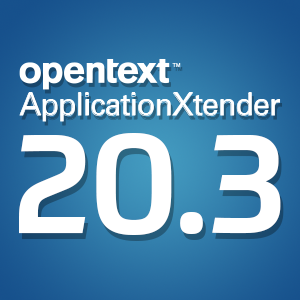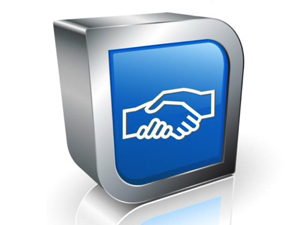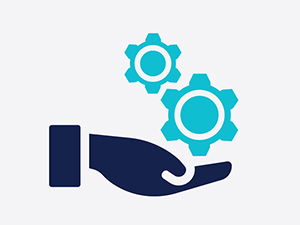Is mobile a key part of paperless?
Monday, December 16, 2013Many firms are considering going paperless, and taking a look at mobile trends as part of this process. However, is mobility an essential part of the paperless movement?
While some might argue that the point of going paperless is to optimize the use of tablets and other mobile technologies in the workplace, the opposite is actually true – these tools help optimize paper conversion services, not the other way around. Mobile and paperless efforts can be quite distinct if a business plans properly, and firms with no plans to adopt BYOD or other mobile trends can still successfully embrace paperless operations if they desire.
Going paperless without mobile devices to support staff does make it more difficult, however, and there are many benefits to combining the two efforts. Tablets easily replace the stereotypical notepad used to keep minutes during meetings, while smartphones can replace post-its, printers and more. The ability to take work home more conveniently than printing documents or lugging a laptop also helps workers be more productive and willing to go the extra mile.
According to Digital By Default, many organizations – especially the health care industry – still rely on handwritten notes during the typical work day. In order to discontinue the use of paper effectively, firms need replace it for the tasks that employees use it for, not just printing document packets and reports.
When discussing the efforts of the U.K.'s NHS to go paperless, Simon Watson noted that "there seems to be a disconnect between the antiquated technology they have to work with and the expectation of them to deliver life-saving services. This leads to considerable frustration and additional work pressure for care-givers who clearly see the need for improvement."
Going paperless isn't a simple journey, but it can be made easier though the appropriate and optimized use of mobile technologies to give employees an edge, whether participating in meetings or simply taking some work home with them to finish an important report. Having the option to load documents to a tablet and quickly accomplish a task, rather than print, write, file, fax or send paper, helps optimize the day-to-day, so that professionals can focus on the things that are more important.
Investing in the appropriate document conversion services and imaging technology will be the first step on the road to optimization for many firms.
Brought to you by Image One Corporation, providing complete information governance since 1994.




